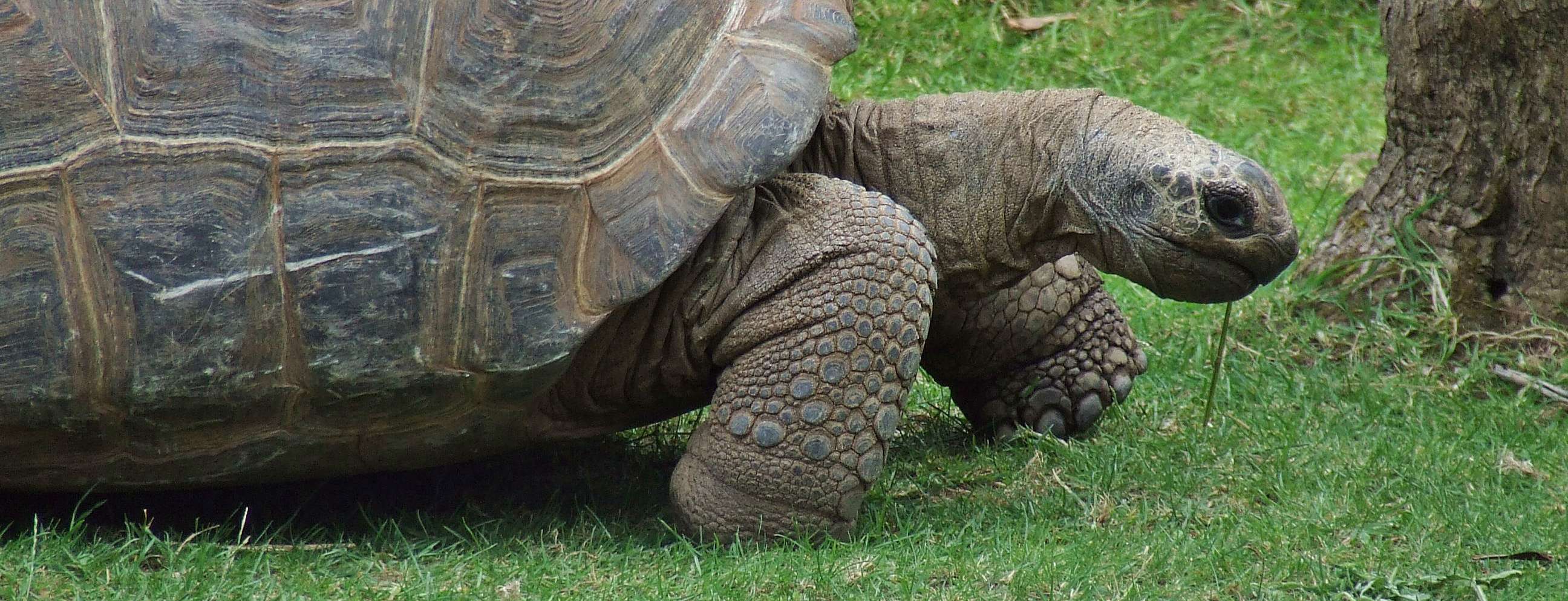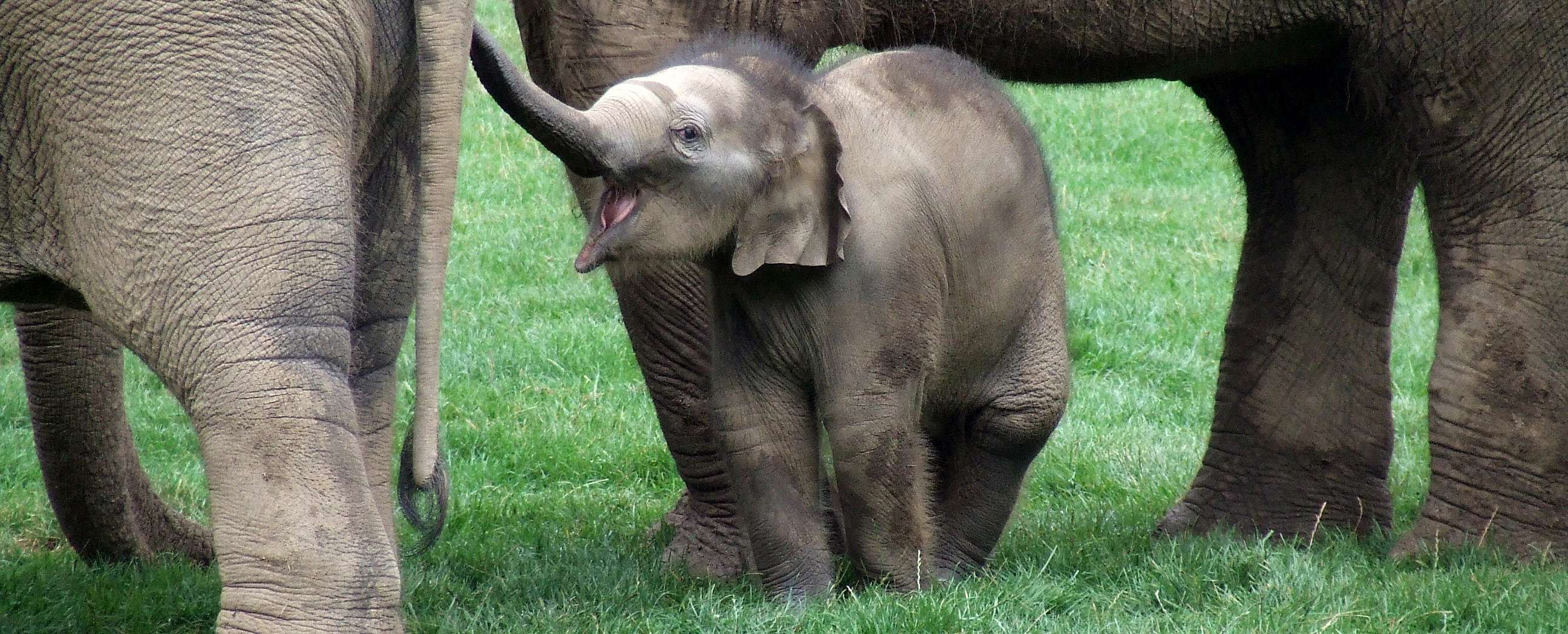Európa állatkertjei
ZOOlogical Gardens of EuROPE
TÁRSASKIFUTÓK
MIXED-SPECIES EXHIBITS
Társaskifutók csövesfogúakkal (order Tubulidentata)
Mixed-species exhibits with Aardvark (order Tubulidentata)
Mixed-species exhibits with zoo-housed Aardvarks (Orycteropodidae)
The study lists species combinations and mixed exhibits with the only one member of family Orycteropodidae. Altogether 55 mixed exhibits with Aardvark (Orycteropus afer) have been collected from 34 zoological institutions worldwide until October 2022. In regard to species combinations Aardvark has been socialized with 42 different species. In general it can be concluded that the Aardvark in most cases is uncomplicated in reference to the socialisation with other animals. Many of the listed mixed-species exhibits with Aardvarks take place in nocturnal houses. Due to their relatively big body size and not least because of...
Társaskifutók ragadozókkal (order Carnivora)
Mixed-species exhibits with Carnivores (order Carnivora)
Ragadozók társbérletben I. - Társaskifutók kialakítása a medvefélék (Ursidae) esetében
Munkám során egy taxon, a medvefélék (Ursidae) családjának kiemelésén keresztül vázoltam fel a környezetgazdagítási módszerek egy sajátos formájának, az interspecifikus szociális környezetgazdagításnak, avagy a társaskifutók kialakításának bemutatását, illetve azok alkalmazhatóságát a viselkedésre gyakorolt hatások függvényében. E rendszertani csoporton belül azonban eltekintettem az óriáspandára...
Mixed-species exhibits with carnivorans I. - Mixed-species exhibits with Bears (Ursidae)
The success of a mixed-species exhibit depends on how we can take general animal husbandry criteria into account in more complex ways in comparison with a single-species exhibit. Those general rules that are important in animal exhibitry are still valid to a greater extent when presenting a multi-species captive environment. As many articles and other publications deal with the subject of general advantages and disadvantages of the mixed-species exhibits, instead of this...

Az állatkerti társaskifutók létrehozásának elméleti és „általános szabályairól” az előző részben olvashattunk. A különböző medvefajokkal történő társítások áttekintése után jelenleg a ragadozók rendjének egy másik, jóval kisebb termetű fajokat tömörítő családja kerül bemutatásra. A mongúzfélék (Herpestidae) 34 recens faját jelenleg két alcsaládra, a többnyire magányos életmódú, 23 fajt összegző Herpestinae...

Currently there are 34 species of mongooses described in the family Herpestidae, although further taxonomic research may change this number in the future. Twenty-five members of the taxon live in Africa and nine in Asia. According to the current subdivision of Herpestidae ― using not only morphology, but also behavioural ecology and molecular markers ― two subfamilies are supported within the taxon...

Egy sztenderdnek nevezhető kifutó – a környezetgazdagítást jelentő etetési módszerek alkalmazása mellett is – rövid időn belül unalmassá válhat az állatkerti gepárdok számára. Egy másik faj jelenléte, mint például a viszonylag nyugodt vérmérsékletű szélesszájú orrszarvú kiváltképp alkalmas lehet egy társítás kialakítására. Az orrszarvúk alapvetően figyelmen kívül hagyják a gepárdokat, azok pedig óvatosan, ám láthatóan nyugodtan mozognak a nagytestű növényevők közelében...

A standard enclosure – despite of the enrichment programmes – can be soon boring for the Cheetahs. Another species can help a lot, and a relatively calm White Rhinoceros is especially suitable for an association. The big herbivores do not fit into the prey pattern of the cats and mostly ignore the Cheetahs. The Cheetahs are not afraid of them, instead they move quietly and calm between and around the Rhinos. Cheetah and White Rhinoceros combination are more...

Ragadozók társbérletben IV. - Társaskifutók kialakítása a cibetmacskafélék (Viverridae) esetében
A cibetmacskafélék közül binturongokkal alakítnak ki a leggyakrabban társaskifutót. A San Diego-i Állatkertben egy sikeres vegyesfajú bemutatójának számított a binturongok és oroszlánfejű makákók közössége az 1980-as évek végétől. A fajokat elkülönítették az etetés és utódnevelés időszakára, valamint az éjjeli órákra. A cibetmacskák a későbbiekben elszeparált férőhelyet is használhattak, valamint éjjel kijárhattak a külső kifutóra. A kb. egy héttel...

As it can be seen from the abovementioned lists the Binturong is the most common species coexist with other species in a mixed exhibit. In San Diego Zoo there were a successful mixed exhibit with Binturongs and Lion-tailed Macaque since the end of the 1980s. The species were separated during feeding time, rearing of young and over night. Binturongs were then given access to the transfer chutes over which there was raincover and heat lamps. The viverrids have also...

Ragadozók társbérletben V. - Társaskifutók kialakítása a kutyafélék (Canidae) esetében
A szürke farkasokat a legtöbb esetben barnamedvékkel társítják, mely számos európai állatkertben is megfigyelhető. Néhány baleset szintén lejegyzésre került a társítások kapcsán. Egy esetben egy medvebocsot öltek meg kifejlett farkasok, mert az a medvék elől elzárt területre került, valamint előfordult, hogy egy magányos medvét támadtak meg csoportosan farkasok. Ellentétes példa szintén ismeretes, mely szerint Kodiak-medvék öltek meg fiatal alaszkai fehér farkas kölyköket...

Mixed-species exhibits with carnivorans V. - Mixed-species exhibits with Dogs (Canidae)
The most frequent association is the Grey Wolf & Brown Bear coexistence which have been tried in many institutions. Some accidents have also been reported: in one occasion a bear cub was killed by full-grown wolves as it was strolled to a bear-proof area, furthermore, another time it happened that a lonely bear was attacked by a pack of wolves. On the contrary Alaskan Tundra Wolf pups were killed by Kodiak Bears in a 3400 m² exhibit in Wildpark Lüneburger Heide...

A különböző fókafajokat a legtöbb esetben más fókafajokkal társítják az állatkertek. Ennek a természetes élettérben is megfigyelhető fajtársulások szolgálhatnak szakmai alapot, melyet az alábbiakban röviden áttekintünk. A természetben számos fülesfóka-faj osztozik szárazföldi „pihenőhelyén” egyéb „úszólábúakkal”, köztük valódi fókafajokkal egyaránt. Az angol szakirodalomban „haul-out area”...

In the wild many otariids share haul-out areas with other pinniped species, including species of phocids. In the Southern Ocean, multiple species of fur seals haul-out at the same sites, as do sea lions and fur seals, and many locations support colonies of Southern Elephant Seals and small number of species of Antarctic seals. In the North Pacific Ocean, Steller Sea Lions and Northern Fur Seals...

A vörös macskamedvéket leggyakrabban Reeves-muntyákszarvasokkal társítják, mely fajkombináció számos észak-amerikai és európai intézményben kipróbálásra került már. A Nürnbergi Állatkertben a két faj egy 585 m² nagyságú, természetes talajú, bokrokkal és élő fákkal tarkított kifutón kapott közös elhelyezést. A 20 m² nagyságú, kettéosztott belső férőhely mindkét része folyamatosan hozzáférhető volt...

The most frequent association is the Red Panda & Reeves’ Muntjac coexistence which has been tried in many European and North American institutions. In Nürnberg the two species lived together in a 585 m² sized enclosure with several living trees, bushes and grass on natural ground. The 20 m² indoor facility with two compartments permanently accessible for both species, but only one equipped with climbing structures. The muntjacs were habituated first to the enclosure...

Az AZA Kistestű ragadozó TAG (AZA Small Carnivore TAG 2010) menyétfélék tartástechnológiáját összegző dokumentuma – Mustelid (Mustelidae) Care Manual – alapján összességében elmondható, miszerint a menyétféle ragadozók nem megfelelő alanyai az állatkerti társaskifutóknak. A bűzösborzok talán kivételt képezhetnek, ám esetükben nem került lejegyzésre sikeres társítás. Ezen állítással ellentétben azonban számos esetben működőképes fajkombinációk...

According to the Mustelid (Mustelidae) Care Manual (AZA Small Carnivore TAG 2010) in general, mustelids are not good candidates for mixed species exhibits. Skunks may be a possible exception, but there is no information on successful mixed exhibits for these species. Irrespectively of this statement some well managed combinations have also been reported beforehand. Martens can be very aggressive towards...

Ragadozók társbérletben - Összegzés - Társaskifutók kialakítása a ragadozók (Carnivora) esetében
A tanulmány jelenleg 14 ragadozó család (Felidae, Viverridae, Hyaenidae, Herpestidae, Herpestidae, Eupleridae, Canidae, Ursidae, Otariidae, Odobenidae, Phocidae, Ailuridae, Procyonidae, Mephitidae, Mustelidae) 104 ragadozófajával listáz fajkombinációkat és vegyesfajú bemutatókat. 2020 júniusáig globális szinten 392 zoológiai intézményből összesen 823 olyan társaskifutó került lejegyzésre, melynek legalább egy résztvevője a ragadozók rendjébe tartozó faj. A világ...

Mixed-species exhibits with Carnivores (Carnivora) - Summary
The study lists species combinations and mixed exhibits with 104 species from 14 carnivore families (Felidae, Viverridae, Hyaenidae, Herpestidae, Eupleridae, Canidae, Ursidae, Otariidae, Odobenidae, Phocidae, Ailuridae, Procyonidae, Mephitidae, Mustelidae). Altogether, 823 mixed exhibits – with at least one carnivore species – from 392 zoological facilities worldwide have been collected up to June 2020. 117 zoo professionals – zookeepers, registrars, team leaders, curators, biologists, veterinarians and zoo directors – from about 100 different zoos worldwide...
Társaskifutók párosujjú patásokkal (order Artiodactyla)
Mixed-species exhibits with Even-toed Ungulates (order Artiodactyla)
Mixed-species exhibits with Pigs (Suidae)
The study lists species combinations and mixed exhibits with eight species of Suidae. Altogether 157 mixed exhibits with suids have been collected from 96 zoological institutions worldwide until April 2021. Combinations and mixed exhibits were not counted with domestic pig, only a few examples were added as an „interesting” supplements. The results show that the most popular „participants” are the Red River Hog and the Common Warthog: the former has been listed in 52 and the latter in 49 mixed exhibit. Those folowed by Eurasian Wild Boar...

Mixed-species exhibits with Peccaries (Tayassuidae)
The study lists species combinations and mixed exhibits with three species of Tayassuidae. Altogether 43 mixed exhibits with peccaries have been collected from 28 zoological institutions worldwide until June 2021. The results show that the most popular „participant” is the Collared Peccary which has been listed in 38 mixed exhibits. The Chacoan Peccary has been listed in four, while the White-lipped Peccary in only one mixed exhibit. In regard to species combination Collared Peccary is the most frequently associated member of the family which...
Mixed-species exhibits with zoo-housed Hippopotamuses (Hippopotamidae)
The study lists species combinations and mixed exhibits with both species of Hippopotamidae. Altogether 116 mixed exhibits with hippopotamids have been collected from 77 zoological institutions worldwide until May 2022. The results show that Pygmy Hippopotamus has been listed in 63 and Hippopotamus in 54 mixed exhibits. In regard to species combinations – but not counting fish species – Pygmy Hippopotamus has...









